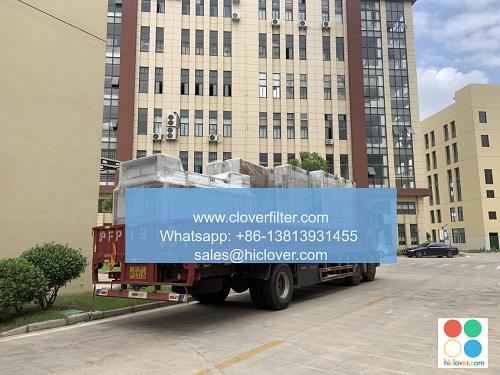The Air Filter Revolution: How Collaborations Are Changing the Game

The air filter industry is experiencing a significant transformation, driven by the increasing demand for clean air and the need for more efficient filtration systems. At the forefront of this revolution are collaborations between manufacturers, researchers, and industry experts, who are working together to develop innovative air filter solutions. In this article, we will explore the impact of these collaborations and highlight various application areas where they are making a significant difference.
Advancements in Filtration Technology
Collaborations between manufacturers and researchers have led to significant advancements in filtration technology, including the development of nanofiber-based air filters, HEPA filters with enhanced efficiency, and ultra-fine particle capture systems. These advancements have enabled the creation of air filters that can capture 99.97% of particles as small as 0.3 microns, making them ideal for use in industrial settings, healthcare facilities, and residential areas where clean air is essential.
Indoor Air Quality (IAQ) and the Role of Air Filters
Indoor air quality (IAQ) is a critical aspect of maintaining a healthy and comfortable living or working environment. Air filters play a vital role in improving IAQ by removing pollutants, allergens, and volatile organic compounds (VOCs) from the air. Collaborations between air filter manufacturers and IAQ experts have led to the development of smart air filtration systems that can detect and respond to changes in IAQ, providing real-time monitoring and optimization of air quality.
Application Areas: Where Collaborations Are Making a Difference
Collaborations in the air filter industry are having a significant impact in various application areas, including:
* Industrial settings: Air filters are being used to improve worker safety and reduce the risk of occupational diseases in industries such as manufacturing, mining, and construction.
* Healthcare facilities: Advanced air filters are being used to prevent the spread of hospital-acquired infections (HAIs) and improve patient outcomes.
* Residential areas: Air filters are being used to improve indoor air quality and reduce the risk of respiratory diseases such as asthma and chronic obstructive pulmonary disease (COPD).
* Aerospace and automotive: Air filters are being used to improve engine performance and reduce emissions in vehicles and aircraft.
The Future of Air Filtration: Emerging Trends and Technologies
As collaborations in the air filter industry continue to drive innovation, we can expect to see the emergence of new trends and technologies, including:
* Artificial intelligence (AI) and machine learning (ML): Air filters that can learn and adapt to changing environmental conditions.
* Internet of Things (IoT) connectivity: Air filters that can be monitored and controlled remotely.
* Sustainable and eco-friendly materials: Air filters made from recycled materials or biodegradable components.
In conclusion, the air filter revolution is being driven by collaborations between manufacturers, researchers, and industry experts. These collaborations are leading to significant advancements in filtration technology, improved indoor air quality, and innovative applications in various industries. As the demand for clean air continues to grow, we can expect to see even more exciting developments in the air filter industry. It seems like you haven’t included a question or topic for discussion in your prompt. Could you please provide more details or clarify what you would like to talk about? This will help me give you a more accurate and helpful response.

